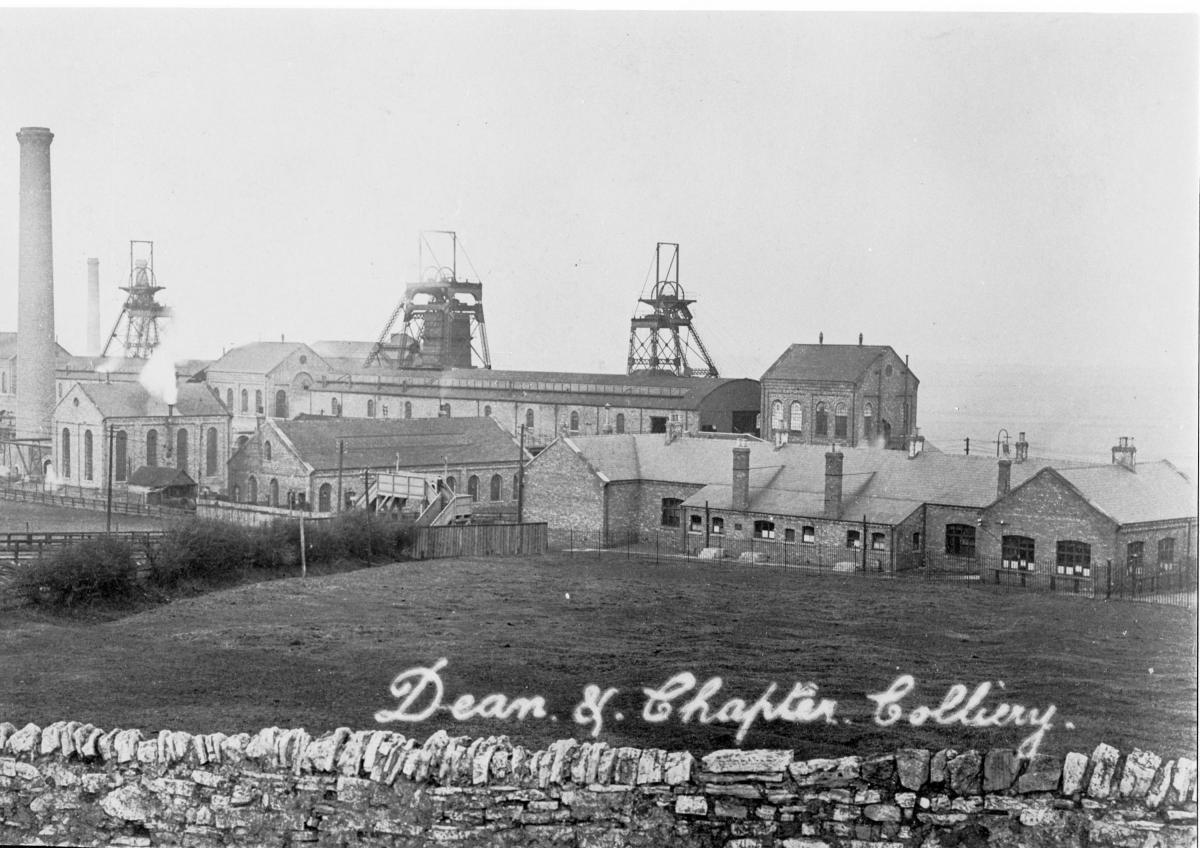The Cornish in County Durham, England: How 19th Century Mining Migration Shaped the Region

By Hannah Chapman
April 3, 2018 - During the 100 years from 1815 to the start of the First World War, it has been estimated that between 250,000 and 500,000 people migrated from Cornwall. More than half of these are thought to have traveled to other areas in the UK such as County Durham.

While considerable emphasis has been given by researchers to overseas migrant destinations, relatively little has been published on the nature and impacts of Cornish mineworkers relocating within Britain.
This migration left a lasting imprint at so many mining regions of Britain and, indeed, across the world. In fact the very definition of a mine was often given as "a hole in the ground with a Cornishman at the bottom of it".
The Cornish Come to County Durham
Mineworkers from Cornwall are known to have been active in areas such as the Pennines from the early 19th Century and Cornish colliery workers are known to have been in the hundreds in Northumberland and County Durham by the 1850s. About 300 are recorded in the Cornish press as having arrived at Cramlington in 1865, some of whom were employed as strike breakers. It is thought some preferred to depart south for coal mines in County Durham, or to return home, rather than act as "blacklegs".
The interest of the Cornish press in events far away in the North-East of England also hints at the scale of migration that was taking place to that area. Related stories in newspapers available in Cornwall at the time, including the Royal Cornwall Gazette and the Cornish Times, also talk of the Cornish being referred to as "foreigners" in some instances.
As many Cornish would have most likely appeared unusual in the North-East, with their complexions and hair typically darker than the norm, this moniker may have been to some extent understandable.

The distinctive Cornish accent and surnames would also have distinguished them from their hosts. The former is particularly well illustrated through the Census entry of 1871 for one Josiah Tremain, who was living at Fifth Row in Murton, east Durham. Josiah’s place of birth is recorded as "Sintosel". This, while initially being a bit of a head-scratcher, is actually the town Saint Austell in mid-Cornwall. The characteristic Cornish pronunciation of this by Josiah caused the Census enumerator to simply capture this as "Sintosel", as this is how it would have sounded. Research of the 1881 Census for County Durham reveals about 400 Cornish-born colliery workers, many of whom had distinctive Cornish surnames such as Chynoweth, Penhallurick and Trebilcock.
By 1871, many of the arriving Cornish were living within the 12 rows of miners cottages in east Durham which, though recorded as "Greenhill" on historic Ordnance Survey maps (1896), were known locally as Cornwall. Interestingly, the same Ordnance Survey map also indicates Greenhill/Cornwall had a Bible Christian Methodist Chapel at this time, which would have been of considerable importance to the Non-Conformist worshipping Cornish.
These rows are thought to have been demolished in the 1950s or 1960s but, tellingly, the council house estate in Murton which replaces them marks the presence of the Cornish historically within modern street names.
Seven locations within the current estate are named after places in Cornwall – Trevone Square, Treen Crescent, St Ives Place, Tregoney Avenue, Penryn Avenue, Truro Avenue and Bude Square. These replaced the earlier rows of terraced housing, including that at Princess Street, Alfred Street, Silver Street, Albion Street and Talbot Street, which housed the Cornish.

As a further marker of the Cornish presence, nearby Easington Colliery retains a Cornwall Street. The penetration of the Cornish in this part of the North-East by the latter 1800s is revealed by the Census returns for 1881, which records a total of 1,244 people of Cornish birth living in Northumberland, while 3,683 were residing in County Durham.
Current research into Cornish mining migration internationally estimates that up to one third of all migrants were to return to Cornwall in later life to settle, and it is thought these returning migrants were most likely to have come back from overseas. In particular areas of Britain where the Cornish had settled in numbers and where the employment was steady, these are thought most likely to have remained. In time these would have been assimilated into communities to become largely invisible, apart from their distinctive Cornish surnames which will likely endure.
Why Is This Being Looked Into Now?
IN 2016 the Cornwall and West Devon Mining Landscape World Heritage Site celebrated its "Tinth" (tenth) anniversary, with Golden Tree Productions' Man Engine – an 11 metre high mechanical puppet – creating quite a stir internationally. As the Man Engine is about to embark on its much anticipated 2018 Resurrection Tour of Wales and England, the World Heritage Site has commissioned genealogist Stephen Colwill to undertake research, to add detail to what is known of mineworkers from Cornwall and their travels to live and work elsewhere in the UK.
Mining in Cornwall and Devon
The 18th and 19th Centuries saw an explosion of metal mining take place within Cornwall and west Devon for predominantly copper and tin. Production of these two metals helped progress and sustain Britain’s Industrial Revolution and created a unique landscape which was designated by UNESCO as a World Heritage Site in 2006.
*Information and reporting by Ainsley Cocks, research and information officer at the Cornish Mining World Heritage Site and genealogist Stephen Colwill.
CoalZoom.com - Your Foremost Source for Coal News

